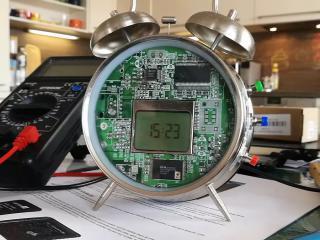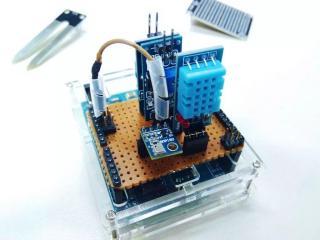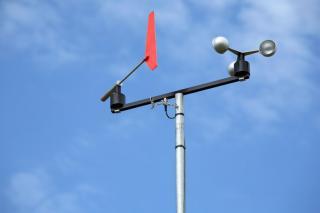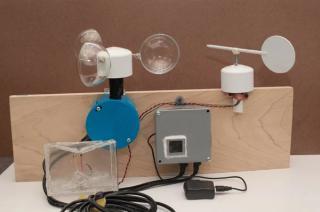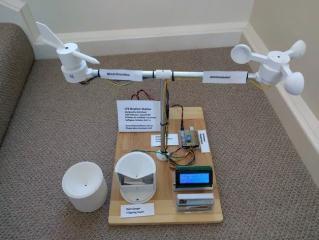DIY weather stations +
-
In my youth, I had a friend who was a weather enthusiast. He had his own backyard weather station, and in a little black log book, every day, he would dutifully record wind speed and direction, temperature, humidity, barometric pressure, and rainfall. I thought it was tremendously geeky and didn’t understand his passion for it. But I had to admit to being impressed when he started charting the data and actually learning something useful about our local weather dynamics. It was my first direct exposure to citizen science.
-
MORE THAN 12,000 public weather stations dot the US, which seems like a lot until you realize more than 180,000 people run their own weather-tracking devices from home. Linked together, these personal weather stations—each one a toaster-sized assembly of sensors mounted on a pole—provide the most accurate weather forecasts in the country. "Weather data at your house is usually different from the nearest airport or even from your neighbor's weather station down the street," says Kari Strenfel, a meteorologist at Weather Underground, a website that aggregates this citizen-collected data and presents it as hyper-localized forecasts anyone can access. "The more data we have feeding our weather models, the more accurate our forecasts can be."
-
They had created Raspberry Pi Weather Stations for Schools. I totally wanted one! But at that time (and I believe still as of writing this) they are not publicly available (you need to be in a select group of testers). Well, I wanted on and I didn't feel like shelling out hundreds of dollars for an existing 3rd party system.
-
In this project, the maker RobWLakes has designed every part of the weather station in OpernSCAD, printed out, and combined with simple reed switches and magnets to turn them into functional pieces of hardware.
-
Create Your Own Solar Powered Raspberry Pi Weather Station (Updated): Note: This Instructable has been replaced with a new Grove based solder less
-
After spending 80 hours researching dozens of home weather stations and testing four of the most promising models, we think the Netatmo Weather Station, combined with its add-on Wind Gauge and Rain Gauge, is the best solution for most people who want to monitor their local meteorological conditions and trends easily and reliably. A simple setup, the most intuitive mobile app we used, and a compact, modular design make the Netatmo stand out. It’s great if you’re most interested in big-picture weather trends like local rainfall totals, temperature, humidity, and wind speed and direction.

